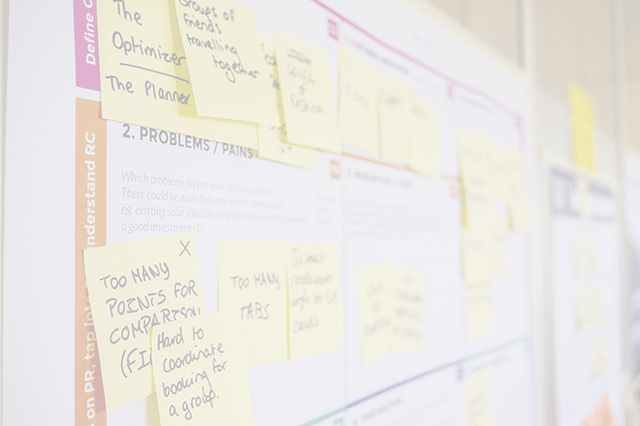Pair Programming vs. Code Reviews - It's a no Brainer

Ok so I’m about a month behind. Over on Coding Horror Jeff Atwood asked “I can’t help wondering if pair programming is nothing more than code review on steroids”. In a word ‘No’.
Code Reviews
…(and I’ve done many) are static. One or more people study the code often long after it was written and attempt to understand it. Most code reviews I participated in are very shallow. We tend to find simple issues that tools like PMD and FxCop could find for you: variable could be final, public method could be private etc. At their very best I’ve seen methods (and sometimes classes) rewritten in response to a code review. Rarely do I see the design questioned. In addition it’s often tough to spot the forest for the trees – buried in the minutia of a class the bigger questions don’t get asked – does this class need to exist? Etc. Finally simplifications of lead to more simplifications but due to the static nature these won’t be found.
Pair programming
…on the other hand is dynamic. It’s an ongoing conversation between two partners.
- One partner focuses on the details – what test case am I’m writing now, what’s the minimal amount of code that I need to satisfy the test. While the other partner is focusing on the big picture: What’s the best design for this problem.
- It’s not just a code review, but ongoing design review.
- Changes are made in real time so as simplifications are made new ones are easily spotted.
- When one member of the pair is stuck the other can step in with an idea.
Some additional benefits:
- Spreads the knowledge of the code base more widely.
- More people are aware of problems as they develop.
- Helps raise everyone’s skill level as pairs learn tricks from each other.
- Reduces the number of places where only one person understands what’s going on.
- Fewer bugs – about 15% fewer according to a study by Alistair Cockburn and Laurie Williams (PDF)
One point which Jeff definitely has right – it’s hard work. Pairing for eight hours a day is not an option. Most pairs work in two-hour blocks twice a day. For a more detailed article see Jeff Langr: Pair Programming Observations
So, Jeff, if you want to discover the benefits of pairing in person (or over a remote connection) give me a shout and we will arrange something.
Image via: https://photodune.net/

Mark Levison
Mark Levison has been helping Scrum teams and organizations with Agile, Scrum and Kanban style approaches since 2001. From certified scrum master training to custom Agile courses, he has helped well over 8,000 individuals, earning him respect and top rated reviews as one of the pioneers within the industry, as well as a raft of certifications from the ScrumAlliance. Mark has been a speaker at various Agile Conferences for more than 20 years, and is a published Scrum author with eBooks as well as articles on InfoQ.com, ScrumAlliance.org and AgileAlliance.org.
